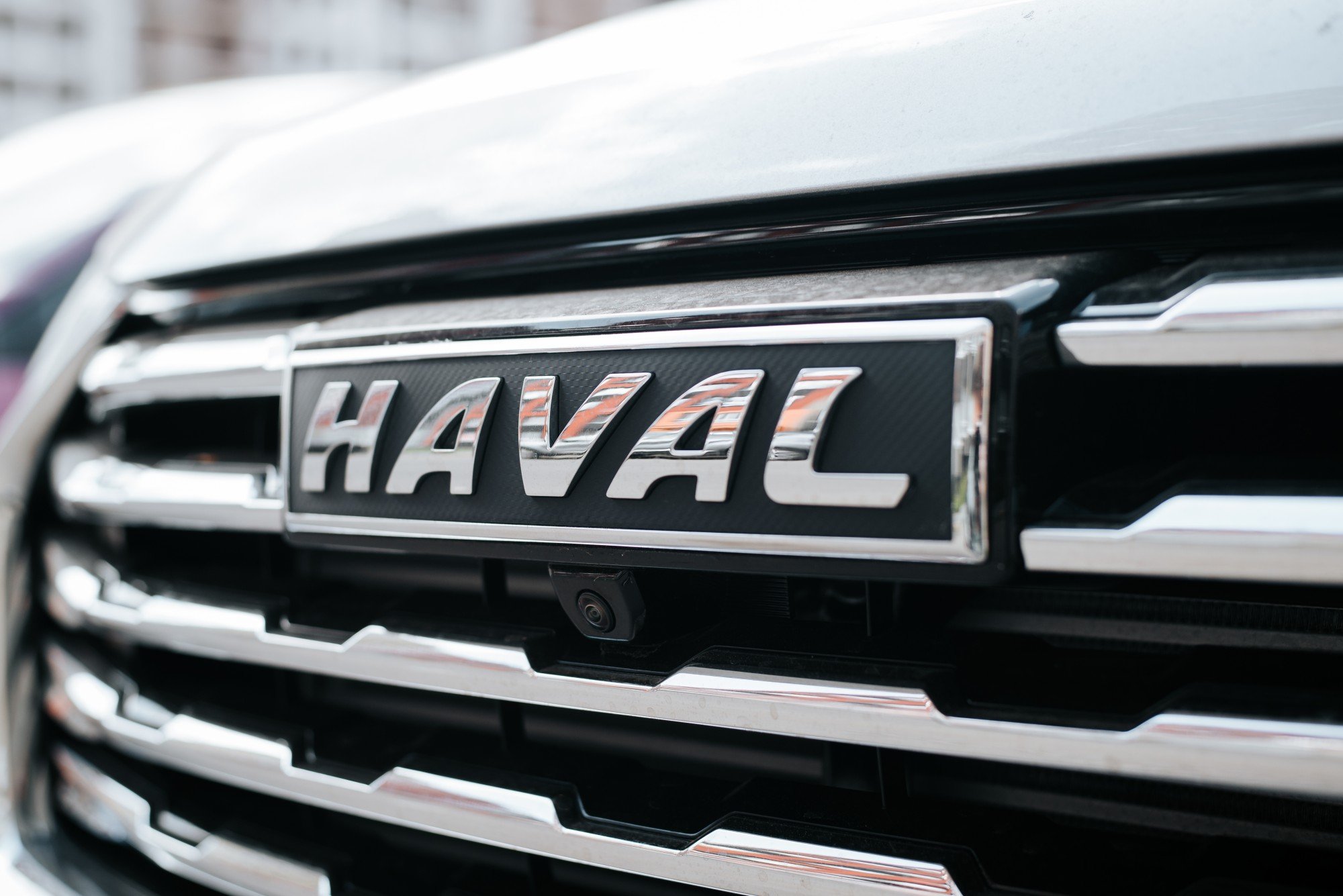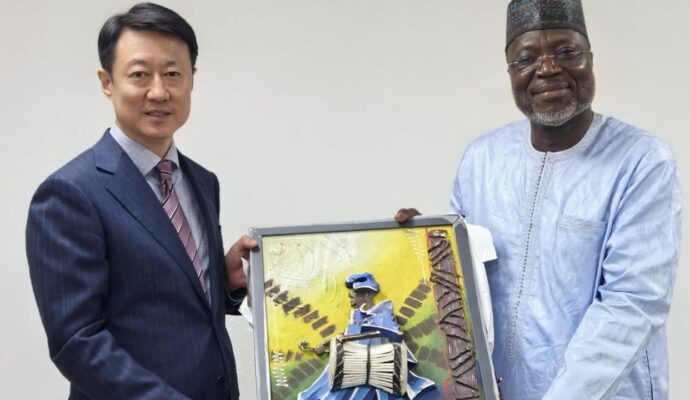According to data by the Automotive Business Council or Naamsa, Haval and Chery had some of the bestselling family SUVs and crossovers in the first 11 months of this year.
Meanwhile in third place was the Chinese Chery Tiggo 8 Pro which sold 2,195 units. It beat South Korea’s Hyundai Tucson which registered 1,767 units in the 11-month period, followed by the Mazda CX-5 with 1,283 units.
‘China has the strength, Russia the demand’: Chinese carmakers shift into gear
‘China has the strength, Russia the demand’: Chinese carmakers shift into gear
Toyota’s RAV4, which last year was the world’s bestselling car, was ranked sixth in South Africa’s most popular SUVs, with 1,021 units registered. Meanwhile SUVs such as the Peugeot 3008 and the Citroen C5, which share the same European parent company Stellantis, did not feature in the top 10, according to Cars.co.za.
The company is also supporting South African dealers and customers with a large parts warehouse, a strong mechanical warranty and service plan, and 24-hour roadside assistance.
Industry analysts have said that price is playing a large part in the market shift towards Chinese cars. Vehicles such as those made by Haval and Chery represent value for money, offering more features at slightly lower prices than similar cars made by some European or Japanese carmakers.

“Indeed, the Chinese carmakers have taken the South African market by storm,” Walt Madeira, principal analyst for Europe, the Middle East and Africa vehicle forecasting at S&P Global Mobility, said.
According to Madeira, in the first 11 months of the year, GWM’s Haval sold 3,000 units of its standard H6 model while the H6 GT model, which was introduced into the South Africa market last year, sold 2,000 units.
Madeira said the successful results of the Chinese brands were due to “value for money”.
Looking at prices for the various SUVs in the South African market, Madeira said the Haval and Chery were sold below 500,000 rand (US$27,000), while most of the other brands, especially European cars, were well above that price (525,000-700,000 rand or US$28,600-38,000).
“The consumer will get a large, robust SUV at a more competitive price versus traditional rivals,” Madeira said. “This also confirms that the South African consumer has become even more price sensitive over recent years.”
He said Chinese carmakers also had a cost advantage when compared with their rivals which allowed for competitive pricing.
China and Russia pledge to defend core interests as Moscow faces new sanctions
China and Russia pledge to defend core interests as Moscow faces new sanctions
The Haval H6 and other models were used to transport delegates and media, while Chery was the official presidential vehicle partner by providing 60 Chery Tiggo 8 Pro Max vehicles that were used to transport VIPs and international delegates during the event.
Alex Mohubetswane Mashilo, a visiting researcher at the University of the Witwatersrand’s Southern Centre for Inequality Studies, said the Chinese brands mostly came with full-house electronic systems, including all-round cameras, navigation, induction charging and more.
This differed to other vehicle producers that treated most of these features – which come as standard in Chinese brands – as extras, with additional costs, Mashilo said.
At the end of the day, as people struggled with a high cost of living, it came down to money, he said.
“An increasing number of families opt for competitive Chinese brands to enjoy the technological features that they would otherwise be required to pay more for if they were to buy other brands,” Mashilo said.
“A Chinese brand introduced a 10-year or 1 million kilometre engine warranty, which no other brand offers. These are the things that the increasing number of people who buy Chinese brands consider.”

